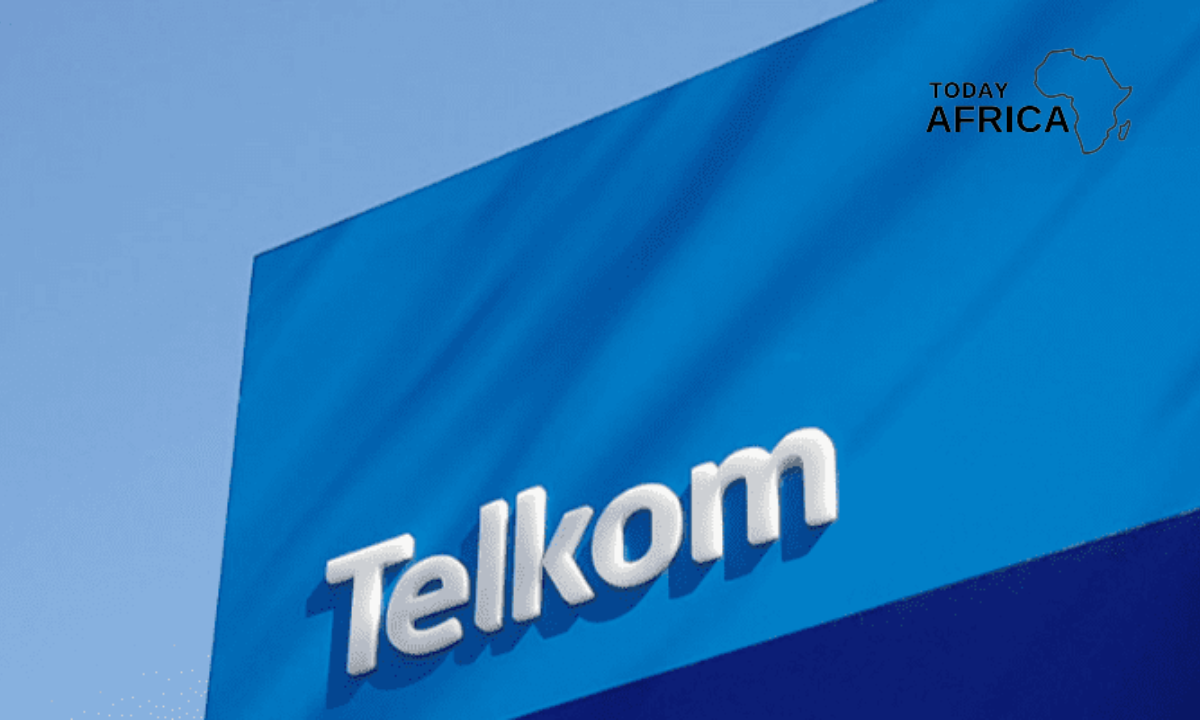Nigerian consumer-focused lending fintech, FairMoney grew revenue to ₦121.9 billion in 2024, as it relied on customer deposits for lending operations, according to its unaudited financial report.
The company’s profit after tax rose to ₦7.9 billion from ₦780 million in 2023.
For the first time since FairMoney began accepting deposits in 2021, customer deposits funded over 55% of its loan book, driven by a sharp increase in deposits from ₦2.9 billion in 2021 to ₦72.9 billion in 2024.
That shift has allowed FairMoney to reduce its reliance on borrowings, which fell from over 80% in 2020 to less than 10%.
“Our strong growth in customer deposits is a result of our growing customer base, increased customer loyalty and trust, innovative products and competitive offerings,” FairMoney told TechCabal. “ Given the high inflationary macroenvironment, we believe in offering customers attractive rates that provide them, as close as possible, with positive real returns.”
This reliance on customer deposits lowers costs compared to borrowing from other sources, like commercial papers, to loan its customers money and improves margins, allowing the business to increase its profitability and margins in 2024.
“We are continuously optimising our funding structure to ensure a balanced mix of retail deposits, HNI deposits, corporate deposits and other financing sources such as debt notes and commercial papers,” the company added.
FairMoney generates most of its revenue from interest on loans issued to customers, which rose by 57% to ₦116 billion in 2024. As revenue grew, the fintech also improved its profit margin, increasing from 1% in 2023 to 6.5% in 2024. FairMoney keeps roughly ₦6.5 from every ₦100 it makes.
The lender made only ₦5 billion in non-interest income, split between ₦3.8 billion from fees and commission and ₦1.7 billion from other operating income.
However, it spent ₦41 billion on operating expenses, resulting in a high cost-to-income ratio: the fintech spends ₦78 to make ₦100. FairMoney’s interest expense was ₦10 billion, a slight increase from 2023’s ₦8.3 billion.
After stabilising in 2023, FairMoney’s impairments on loans and other assets rose by 30% to ₦59.4 billion in 2024. This marks the first increase in two years, following a period in which the fintech maintained impairments at around ₦45 billion after a sharp 159% spike in 2022.
Read Also: Chowdeck hires Bolt manager to lead Ghana operations
The rise in impairments has pushed FairMoney’s impairment ratio to 45.7% of its ₦129.9 billion loan book. However, this figure is inflated by the company’s accounting approach, which treats every loan as impaired until it’s repaid.
As a result, the impairment ratio could drop significantly if repayments are made on time. While FairMoney’s cost of risk—measuring loss provisions as a percentage of loans—improved to -49.7%, it remains high.
“We begin to make provisions on facilities immediately they are disbursed,” FairMoney said. “Nonetheless, our performance shows a positive trend with significant improvement in the impairment-to-revenue ratio as we are consistently enhancing our risk assessment models and leveraging data to refine our underwriting processes. Additionally, we have strengthened our ethical collection strategies and customer profiling to improve the quality of the book.”
FairMoney’s net interest margin stands at 81.7%, a healthy level for a lending business. However, this margin relies heavily on high-yield loans with steep interest rates—often around 10% monthly. While this strategy drives short-term profitability, it also heightens credit risk, as reflected in impairments exceeding 45% of gross loans.
The lender’s assets grew by 56% year-on-year to ₦101.7 billion, mainly driven by a ₦30.4 billion increase in its loan book in 2024. However, its cash on hand fell by ₦2 billion to ₦8.3 billion, while prepayments rose sharply from ₦1.3 billion to ₦8.36 billion.
FairMoney’s consumer lending business has strong growth potential, but it faces credit risks. While its rapid growth and high asset yields are notable, its long-term sustainability depends on improving underwriting, risk management, and cost efficiency.
Comment and follow us on social media for more tips:
- Facebook: Today Africa
- Instagram: Today Africa
- Twitter: Today Africa
- LinkedIn: Today Africa
- YouTube: Today Africa Studio






![9 Unicorns in Africa [Everything You Need to Know]](https://todayafrica.co/wp-content/uploads/2025/04/Blog-Image-1200-×-720-px-17-872x547.avif)









